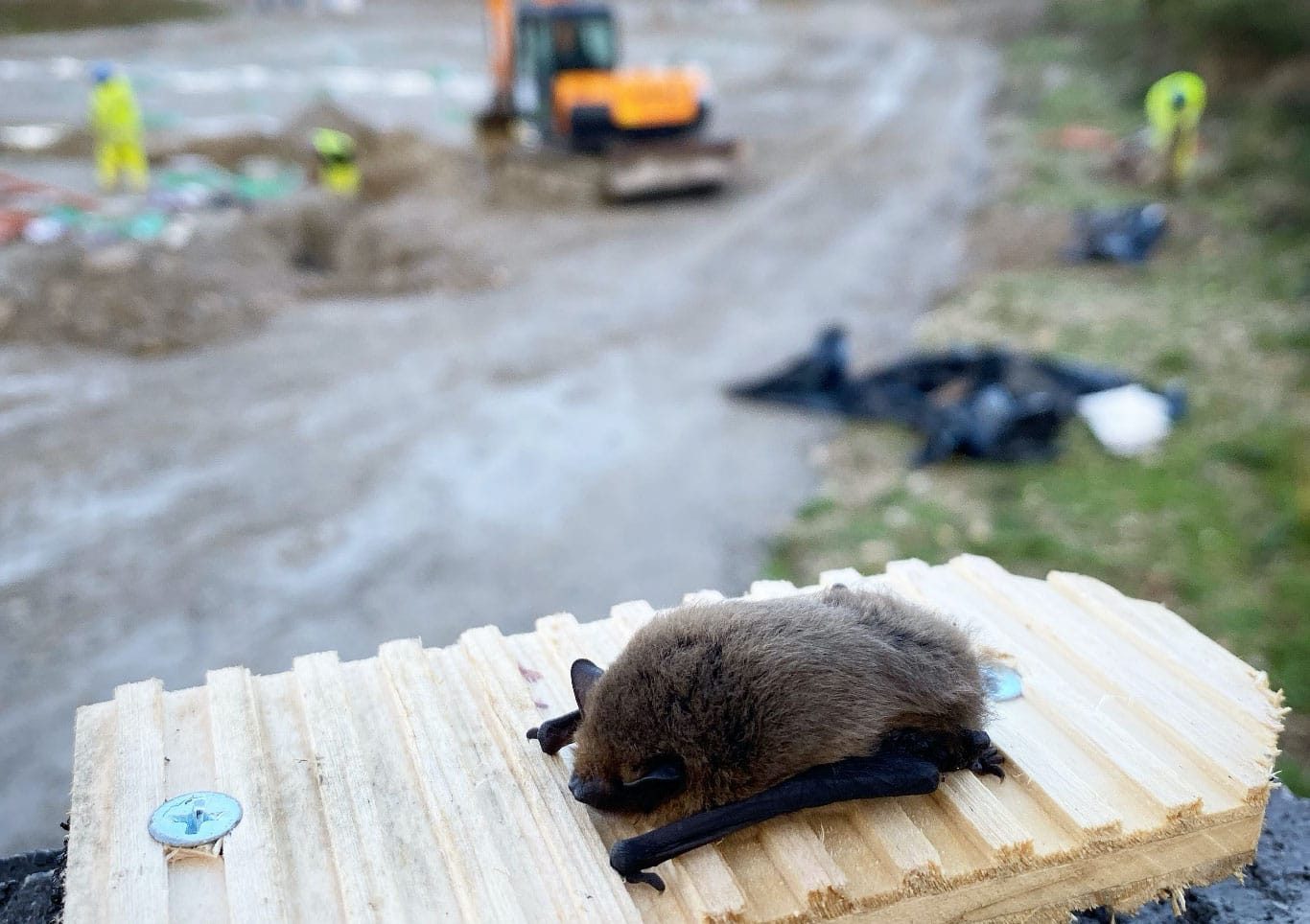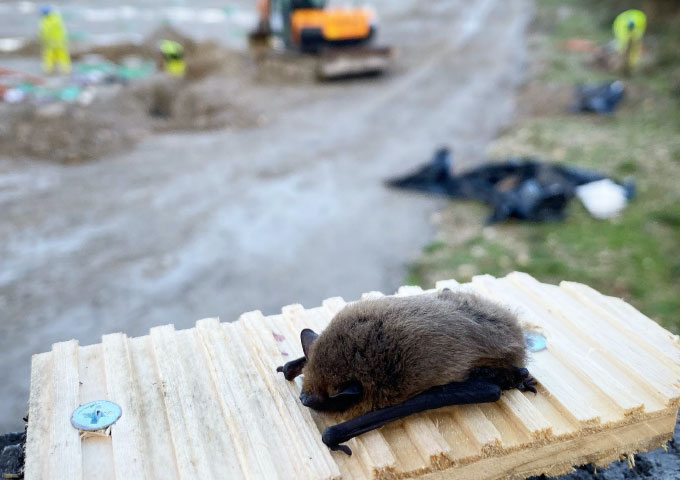Cambridge office
Glasgow office

Applied Ecology has successfully registered and implemented bat roost mitigation and compensation at over 75 different development sites across England and Scotland under Natural England’s mitigation class licence (CL21), and NatureScot’s bat low impact licence.
Applied Ecology can advise whether your development will adversely impact bats and, if so, whether it should be implemented under a low impact licence or a more conventional bat mitigation licence to avoid a potential offence being committed under wildlife law.
The aim of the low impact licence is to mitigate and compensate damage or disturbance of bat roosts of relatively low conservation status more quickly and easily compared to conventional bat licencing. The low impact licence site registration process will typically take a few days to complete compared to the typical 30+ working days for a conventional bat licence.
Once a site is successfully registered under the low impact scheme, the Applied Ecology Registered Consultant, typically working with the demolition or building contractor, will carefully remove any bat roost features about a building and safely relocate any bat found to an alternative roost site – most typically a bat box installed by the Registered Consultant somewhere nearby





